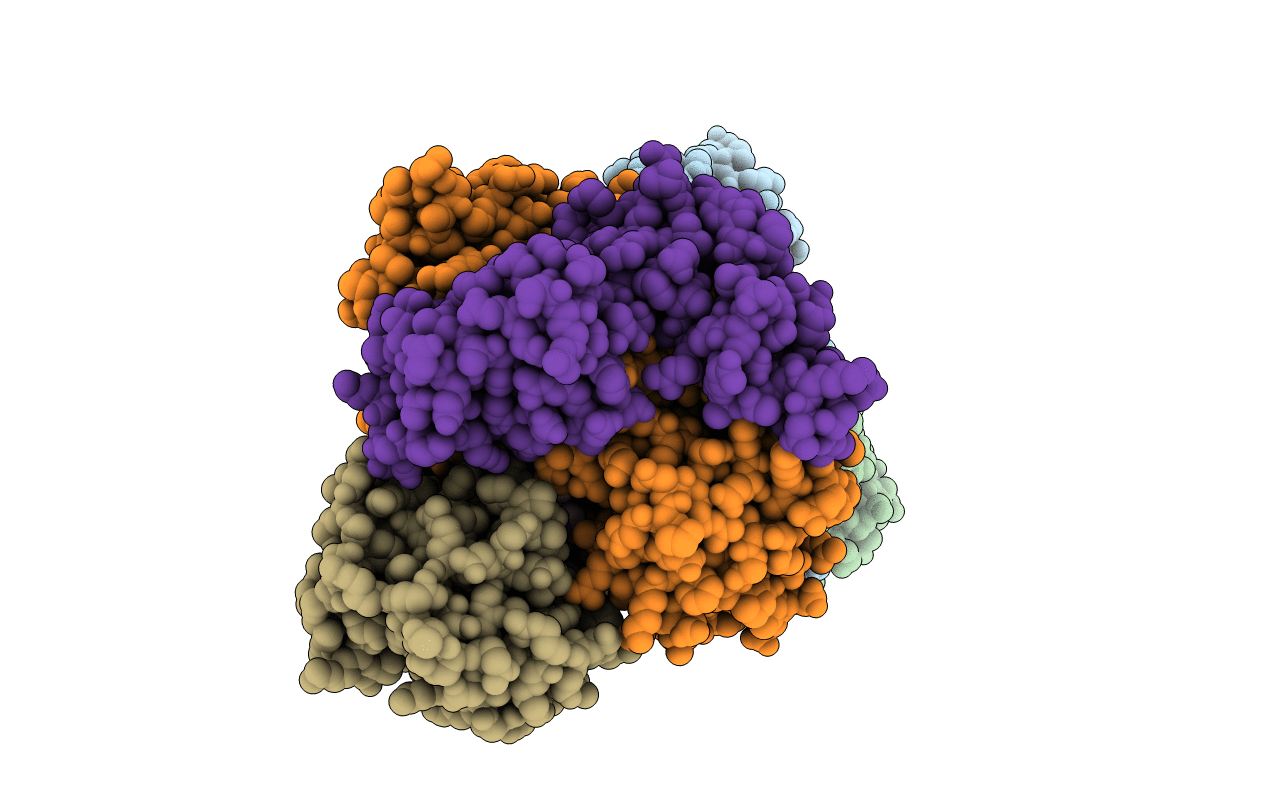
Deposition Date
2003-04-08
Release Date
2003-07-22
Last Version Date
2023-10-25
Entry Detail
PDB ID:
1UC4
Keywords:
Title:
Structure of diol dehydratase complexed with (S)-1,2-propanediol
Biological Source:
Source Organism:
Klebsiella oxytoca (Taxon ID: 571)
Host Organism:
Method Details:
Experimental Method:
Resolution:
1.80 Å
R-Value Free:
0.23
R-Value Work:
0.19
R-Value Observed:
0.19
Space Group:
P 21 21 21


